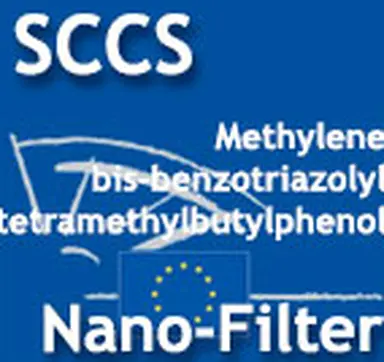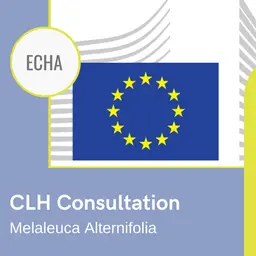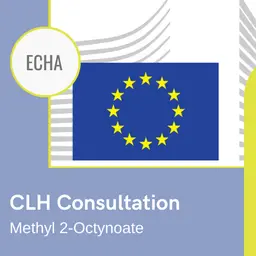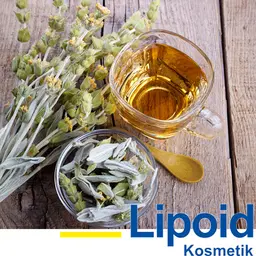
Latest cosmetics news in brief: The SCCS revises its Opinion about Methylene bis-benzotriazolyl tetramethylbutylphenol - “Belle et Bien” runs to fight cancer - AFNOR: 4 collections of standards about the environmental labeling - L'Oreal buys Nickel - Triman postponed for a year - Deadline extended for comments of the SCCS Opinions on nanos - Revlon acquires The Colomer Group - New Board of Directors, in Cosmebio - Pierre Fabre passing away - REACH: a reminder of the obligation of information - CFDA consults on the approval of a new cosmetic ingredient - CLH consultation launched on hydroxyisohexyl 3-cyclohexene carboxaldehyde - India bans testing of cosmetics on animals - FDA publishes guidance for Good Manufacturing Practices - Cosmetics Regulation: a White Paper about the hair-dressers’ obligations - Evaluation of local toxicity / irritation of vitamin A - REACH: the situation on the 31 May 2013 due date - Parliamentary fact-finding mission on environmental labelling …
October 4th
-
The SCCS revises its Opinion about Methylene bis-benzotriazolyl tetramethylbutylphenol
Approved after a written procedure on 18 March 2013, this Opinion went to the conclusion that dermal application of nano-sized MBBT (UV filter) did not seem to be a concern, in spite of possible irritant effects and harmfulness to aquatic environments. This latter point led the experts to warn against its use in sunscreens.
These experts, without changing their Opinion in substance, brought some clarifications. The final version has just been released (in bold letters, the modified parts).
Since no appropriate data on genotoxicity of nano form of MBBT were provided , no conclusion on the safety of this substance can be drawn. However regarding systemic effects there seems no concern for the dermal application of nano-sized MBBT.
In addition there are some aspects that need further attention:
• In the study in rats, clinical effects (pain and vocalization) after dermal application were noted at concentrations of 20% (500mg a.i. /kg bw/d and higher). In the carcinogenicity study, scabs were seen at a dose level of 100 mg a.i./kg/bw/day and higher. It is worthwhile to monitor possible irritation effects via the existing cosmetovigilance programs.
• Attention needs to …













